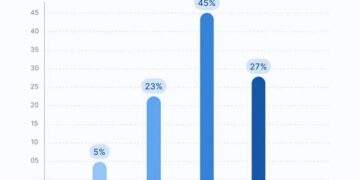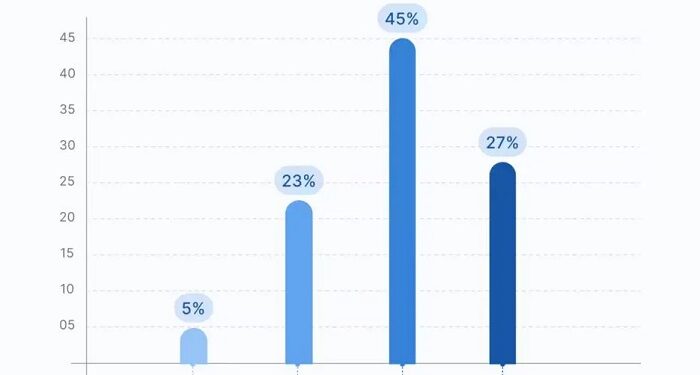In an era of AI-driven recruitment and automated applications, you might think cover letters are outdated. However, 78% of recruiters still expect candidates to include a cover letter in 2025, with 72% preferring one even when it’s optional.
According to a detailed analysis on Simon Stapleton’s blog, recruiters consistently emphasize that a cover letter provides insights beyond what an AI-filtered resume can. By using a strategic approach—combining a personalized introduction with a well-structured narrative—candidates can make a lasting impression even before the interview stage.
Here’s why cover letters continue to be a vital part of the hiring process:
Why Cover Letters Still Matter
- Recruiters Value Them: 78% of hiring managers believe cover letters enhance job applications.
- Showcases Genuine Interest: Submitting a cover letter, even when not required, demonstrates dedication and enthusiasm for the role.
- Provides Important Context: Cover letters allow candidates to explain career gaps, job transitions, and relevant experiences beyond what a resume can convey.
- Demonstrates Communication Skills: A well-written cover letter reflects a candidate’s ability to express thoughts clearly—something 78% of recruiters prioritize.
- Helps Assess Cultural Fit: Recruiters analyze tone, style, and language to determine if an applicant aligns with company values.
Strengthening Your Professional Brand
A cover letter isn’t just an introduction—it’s an opportunity to establish your professional brand. When crafted thoughtfully, it reflects your work ethic, values, and long-term career aspirations. Hiring managers pay attention to how candidates present themselves, and a cover letter offers a chance to leave a memorable impression. Rather than viewing it as a formality, treat it as a strategic asset in your job search.
How AI Can Streamline Cover Letter Writing
Writing tailored cover letters for multiple jobs can be time-consuming. AI-powered tools like CoverLetterGenerator.ai make the process more efficient by:
- Generating structured, role-specific drafts in seconds.
- Customizing letters to align with job descriptions.
- Ensuring consistency across multiple applications.
Avoiding Generic Applications
One of the biggest mistakes job seekers make is sending out the same cover letter for multiple job applications. Recruiters can easily spot generic content, and it often signals a lack of real interest in the role. AI tools can help automate the initial draft, but personalization remains key—addressing the hiring manager by name, referencing specific company goals, and aligning your skills with the job description can make a world of difference.
Steps to Creating a Strong Cover Letter
- Use AI to draft a base version.
- Personalize it by adding details about your skills and achievements.
- Adjust the tone to match the company’s culture.
- Proofread and refine before submitting.
Despite advancements in recruitment technology, cover letters remain a valuable tool for standing out. By leveraging AI while adding a personal touch, job seekers can create compelling cover letters that boost their chances of success in 2025.





















